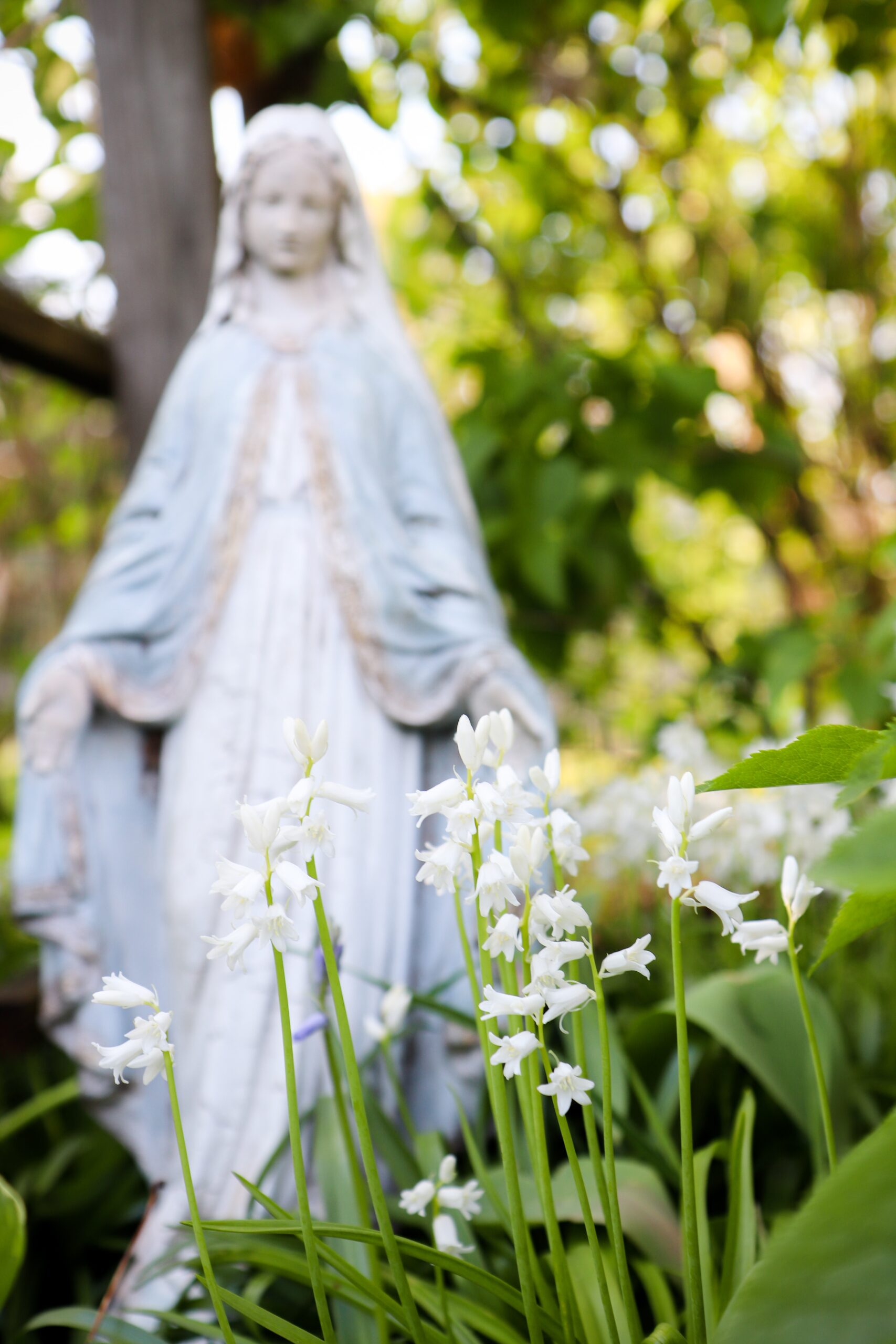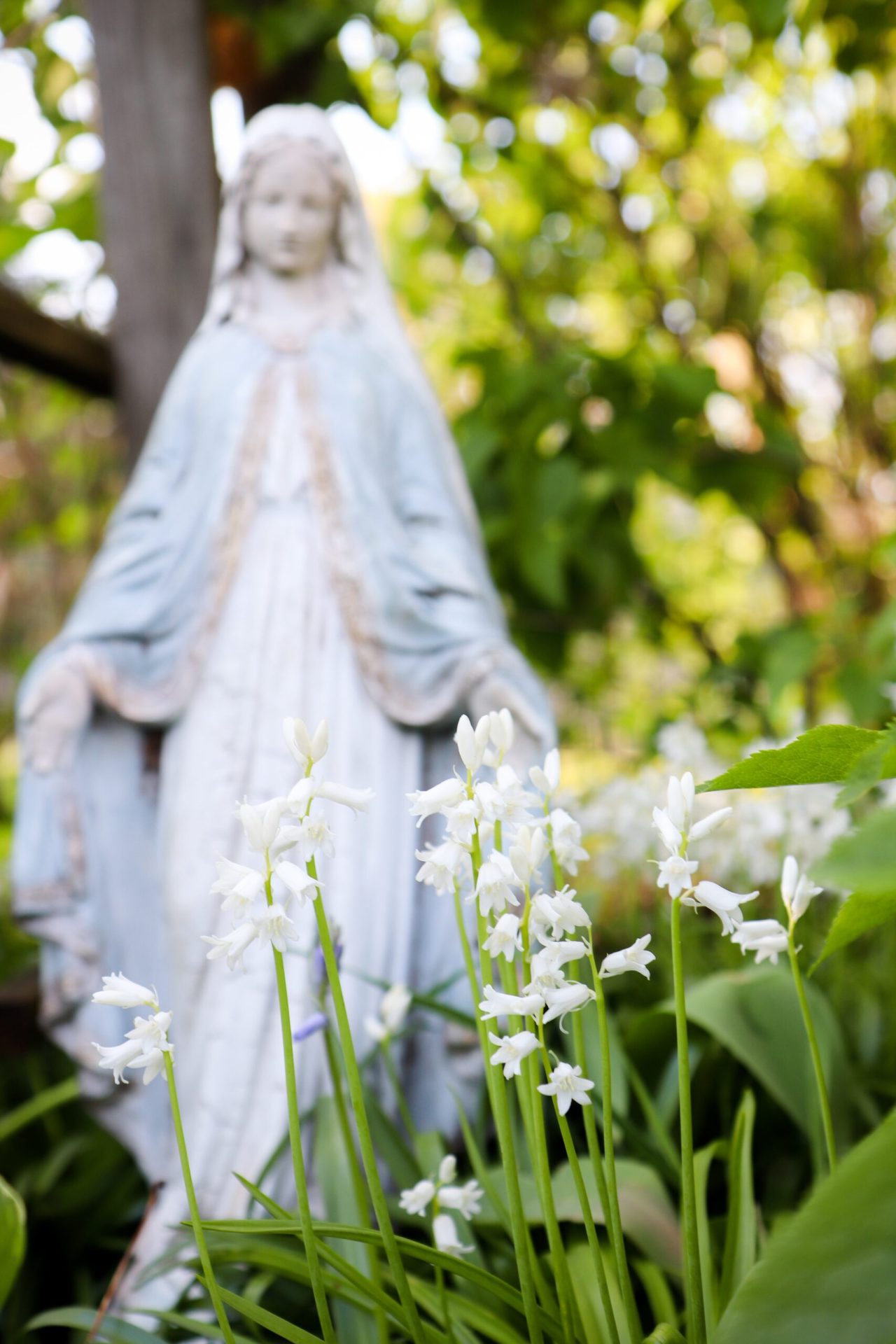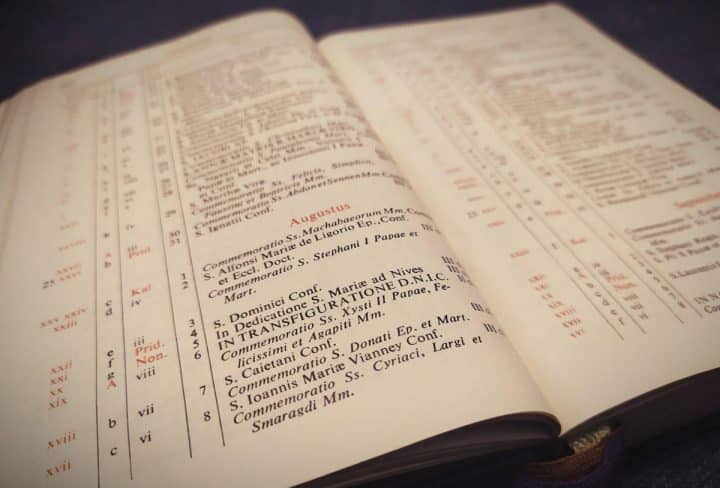
When I first heard someone speak of being “consecrated to Mary,” warning bells went off in my head. The Holy Spirit had already moved me, over the course of a year, from a complete rejection of the Church’s Marian teaching to an acceptance of Mary’s connection to me in the communion of saints, her spiritual motherhood, intercession, immaculate conception, and assumption. I came to see how these truths were either taught in Scripture or coalesced with what I found there. The thought of being “consecrated” to Mary, however, seemed completely without basis. Whenever I had heard the term consecration, it was always in reference to something – such as the bread and wine brought forward at the offertory in Mass – being consecrated to God. Wasn’t Catholic belief supposed to be rooted in Scripture and Tradition? I could find no reference to the practice in Scripture or any writings from the first centuries of the Church. It appeared to be a moot point.
That was when the example and teaching of Pope St. John Paul II opened my eyes. The Pope’s pure devotion to Christ was undeniable, as was his love of the Blessed Mother. I knew that he wouldn’t lead me astray, so when I discovered that his papal moto, “Totus Tuus,” was drawn from the words of St. Louis de Montfort’s famous text on Marian Consecration (True Devotion to the Blessed Virgin Mary) I was open to hearing the Pope’s thought. He shared how “This treatise by De Montfort can be a bit disconcerting, given its rather florid and baroque style, but the essential theological truths with it contains are undeniable.”[1] The Pope also used the word “entrustment” as a synonym for “consecration,” connecting the practice of entrusting ourselves to Mary’s motherhood with Christ’s entrustment of the John to Mary at the foot of the Cross.[2]
What I had failed to recognize in my naivete was that when spiritual writers such as De Montfort wrote of being “consecrated” to Mary, they spoke by way of analogy. Theologically–speaking, man can only consecrate himself to God.[3] When we pray an act of “Marian” consecration, we entrust ourselves to her heart and motherly intercession and, united with her, renew and intentionally deepen our baptismal consecration to Jesus. Jesus, and not Mary, is the goal of our action. The Pope explained how De Montfort’s teaching showed him that “Mary does bring us closer to Christ; she does lead us to him, provided that we live her mystery in Christ.”[4]
This practice of entrusting ourselves to Mary, of entering into her own interior life with Jesus, has its origin at the foot of the Cross. It is there in Scripture and Sacred Tradition – in Jesus’ act of mutually entrusting John to Mary, and Mary to John. The Apostle accepted that entrustment; “from that hour the disciple took her into idia [literally ‘his own’]” (Jn 19:26-27). John took Mary into all that was uniquely his – his home, heart, prayer, life as an apostle, etc. John already had a relationship with Jesus, but his entrustment to Mary brought him to an even deeper understanding of and surrender to the Master. You and I continually reap the fruits of John’s entrustment when we read his Gospel, his penetration into the mystery of Christ’s Person. His deep relationship with Mary did not lead John to make an idol of her; rather, their shared life was a catalyst opening his heart to understand and communicate Christ’s life and teaching in an utterly unique and profound way. This is the apostolic origin of Marian Consecration.
John’s shared life with Mary – an extension of Christ’s shared life with her – is accessible to each of us in the mystical Body of her Son. Mary is a spiritual mother who is very much alive, joined to us in the communion of saints, and acting on our behalf (see Rom 12:4-5; Heb 12:1, 22-24; Rev 5:8). Like John, our goal in entrusting our lives as disciples to Mary’s heart is to come to share her total receptivity to God – to let Christ be formed in the womb of our hearts and be born into the world through our words and actions.
Adapted from Shane Kapler’s The Biblical Roots of Marian Consecration: Devotion to the Immaculate Heart in Light of Scripture (TAN Books, 2022).
[1] Gift and Mystery (New York: Doubleday, 1996), 29.
[2] See Arthur Burton Calkins’ insightful study, Totus Tuus: John Paul II’s Program of Marian Consecration and Entrustment (New Bedford, MA: Academy of the Immaculate, 1992).
[3] John F. Murphy, Mary’s Immaculate Heart: The Meaning of Devotion to the Immaculate Heart (Milwaukee: Bruce Pub. Co., 1951), 100-1.
[4] Gift and Mystery, 29.




